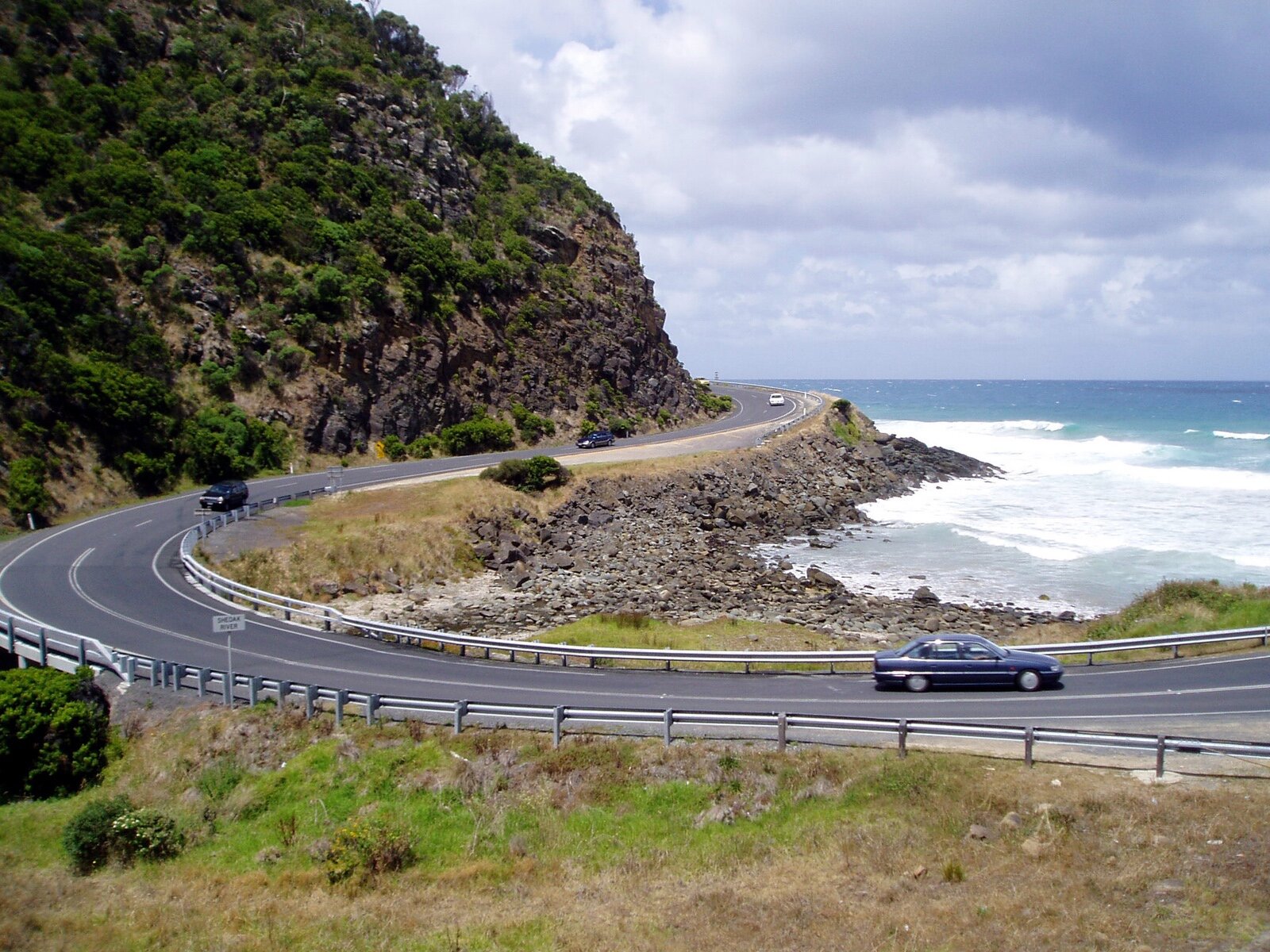HOW TO | drive efficiently
Welcome to the first of our regular ‘how to’ columns that will help you and your vehicles stay in ship shape on the road.
Allow your speed to drop when you travel uphill, then regain your momentum. Photo: Kym Perry
Fuel-efficient driving can save you hundreds of dollars in fuel each year, improve road safety and prevent wear on your vehicle. Adopt these 5 fuel-efficient driving techniques to lower your vehicle’s fuel consumption and carbon dioxide emissions by as much as 25 per cent.
Accelerate gently
The harder you accelerate the more fuel you use. In the city, you can use less fuel by easing onto the accelerator pedal gently. To be as fuel-efficient as possible, take five seconds to accelerate your vehicle up to 20 kilometres per hour from a stop. Imagine an open cup of coffee on the dashboard. Don’t spill it!
Maintain a steady speed
When your speed dips and bursts, you use more fuel, and spend more money, than you need to. Tests have shown that varying your speed up and down between 75 and 85 km per hour every 18 seconds can increase your fuel use by 20 per cent.
Use cruise control for motorway driving, where conditions permit. Be mindful, however, that little variations in speed can actually be good when gravity does the work. Where traffic patterns permit, allow your speed to drop when you travel uphill, then regain your momentum as you roll downhill.
Anticipate traffic
Look ahead while you’re driving to see what is coming up. And keep a comfortable distance between your vehicle and the one in front of you. By looking closely at what pedestrians and other cars are doing, and imagining what they’ll do next, you can keep your speed as steady as possible and use less fuel. It’s also safer to drive this way.
Avoid high speeds
Keep to the speed limit and save on fuel! Most cars, vans, utes and SUVs are most fuel-efficient when they’re travelling between 50 and 80 km per hour. Above this speed zone, vehicles use increasingly more fuel the faster they go.
For example, at 110 km per hour, a vehicle uses about 10 per cent more fuel than at 100km per hour. On a 25-km trip, this spike in speed – and fuel consumption – would cut just two minutes from your travel time.
Coast to decelerate
Every time you use your brakes, you waste your forward momentum. By looking ahead at how traffic is behaving, you can often see well in advance when it’s time to slow down. You will conserve fuel and save money by taking your foot off the accelerator and coasting to slow down instead of using your brakes.

